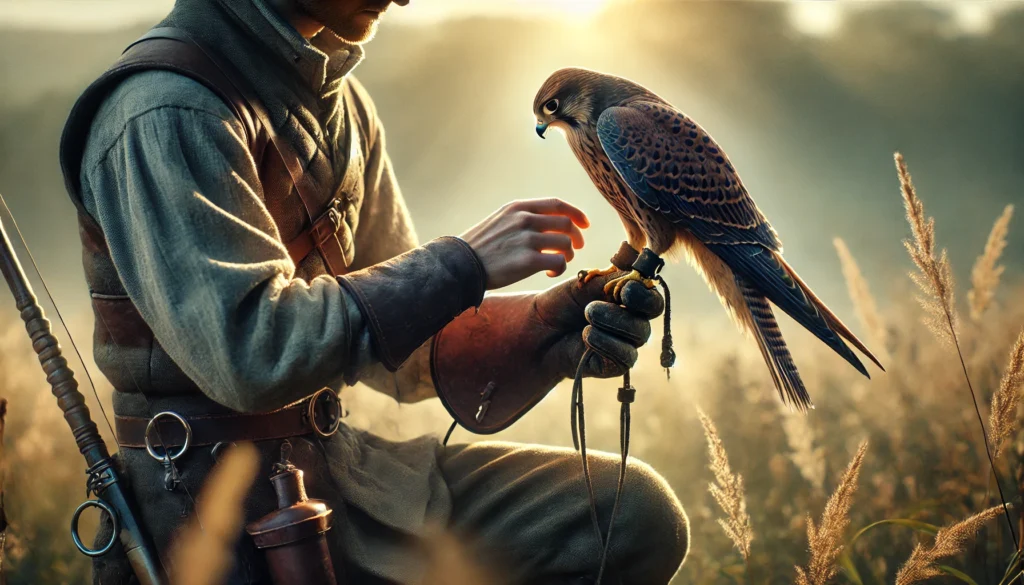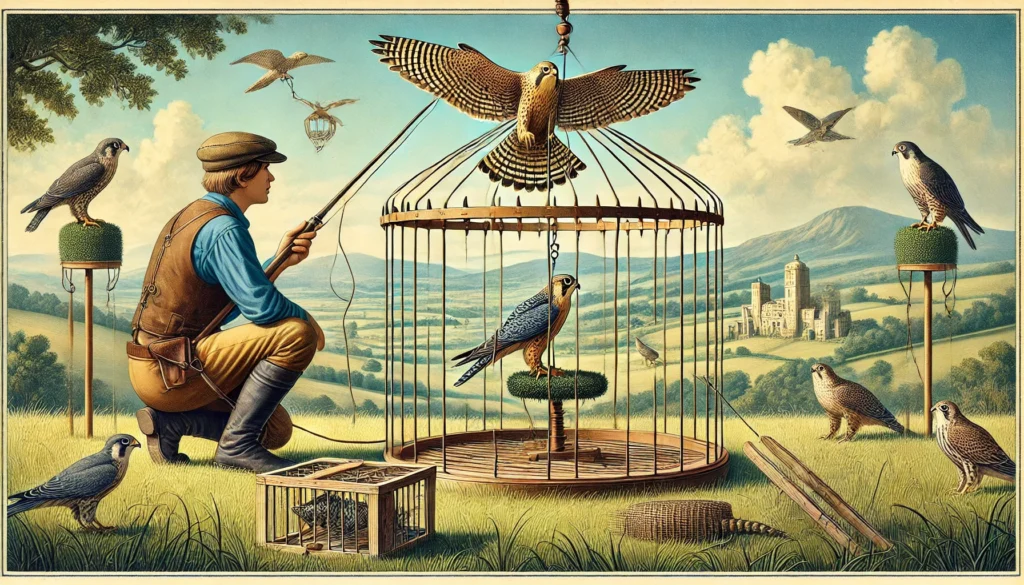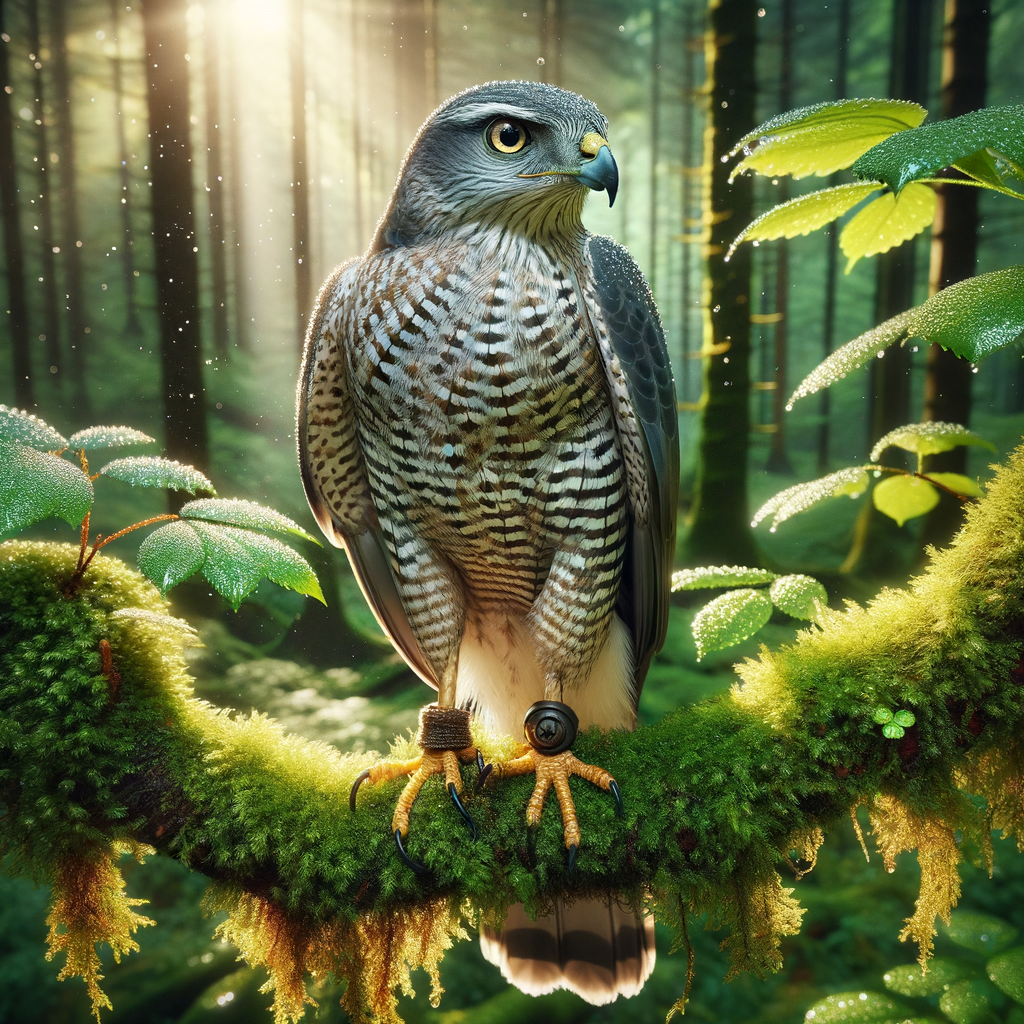Benefits of Using Falconry for Pest Control
- Natural Solution: Falcons and other birds of prey offer an eco-friendly way to manage pests without using harmful chemicals.
- Effective Control: Birds of prey are efficient hunters, helping to reduce pest populations quickly.
- Cost-Effective: Over time, falconry can be more affordable than other pest control methods that require recurrent treatments.
- Versatile Applications: Falconry can be used in various settings, including urban areas, agricultural fields, and industrial sites.
- Reduced Damage: By controlling pest populations, falconry can help prevent damage to crops, buildings, and other properties.
- Public Perception: Using falconry for pest control is often viewed positively by the public as it promotes environmental responsibility.
- Biodiversity Support: Encouraging a population of birds of prey can contribute to local biodiversity and the health of ecosystems.
- Historical Practice: Falconry has been used for centuries and has a proven track record of success in pest management.
- Training Programs: Learn Falconry offers training programs to teach individuals and organizations how to effectively use birds of prey for pest control.
- Customized Solutions: Each pest control plan can be tailored to fit the unique needs of the location and type of pest problem.
- Educational Opportunities: Learn Falconry also provides educational resources to help people understand the benefits of this natural pest control method.
Discover Falconry: Nature’s Elegant Solution for Pest Control
Imagine you’re an Irish farmer with fields as lush and green as the Emerald Isle itself. Picture a cheeky flock of crows swooping down, wreaking havoc on your precious crops. Frustrating, right? Now, envision a majestic falcon soaring through the skies, swooping in to chase away those pesky intruders. This isn’t just a fancy daydream; it’s an age-old practice called falconryâturning nature’s own predators into guardians of your land.
Curious about how these magnificent birds of prey can become your new best friends in pest control? Buckle up, because this fascinating journey into the world of falconry is just a few scrolls away.
Falconry for Pest Control: A Natural Solution to Modern Problems
In a world where maintaining balance in nature is more important than ever, pest control falconry emerges as a fascinating and effective method. Falcons, the majestic birds of prey, have been used for centuries to manage pests, and their role in modern pest control is still relevant today. This blend of tradition and practicality provides a sustainable way to manage pests that can threaten crops, property, and even health.
How Falconry for Pest Control Works
Using falcons for pest management might seem like a scene from medieval times, but it’s a technique that has stood the test of time. Falcons are trained to scare away or capture various pests such as rodents, birds, and insects. This method is not only eco-friendly but also reduces the need for harmful chemicals.
Falconers employ various falconry techniques to ensure that their birds are expertly trained. These techniques include recall training, lure flying, and even conditioning fitness training. If you’re curious about the specifics of training a falcon, check out our detailed guide on training a falcon.
Advantages of Falconry for Pest Management
One of the significant benefits of falconry for pests is its environmental impact. Unlike chemical pest control methods, falconry is a natural and humane way to manage pest populations. Falcons do not harm the environment, and their presence can be a deterrent to pests, which often seek safer grounds.
For a deep dive into the species that are best suited for pest control, you can explore our resource on species of falcons. Different falcons have unique hunting skills and preferences, making them ideal for various pest control scenarios.
The Role of Drones in Pest Control
In recent years, technology has introduced new ways to manage pests, including the use of drones. Drone pest control is gaining popularity due to its precision and ability to cover large areas quickly. However, there’s an ongoing debate about drone vs. falcon pest control.
Drones can be highly effective in monitoring pest populations and deploying treatments in hard-to-reach areas. Yet, drones lack the natural presence of falcons, which can scare pests away just by being in the vicinity.
Combining Traditional and Modern Techniques
Interestingly, some pest control experts are now combining modern falconry techniques with drones to maximize efficiency. This hybrid approach allows for the benefits of both worlds: the natural deterrence of falcons and the advanced monitoring capabilities of drones.
Falconry, with its rich history and cultural significance, continues to play a vital role in our modern world. Whether you’re a seasoned falconer or just getting started, understanding the different facets of using falcons for pest management can help you develop effective and sustainable pest control strategies.
Falconry for Pest Control: A Growing Practice in 2024
Falconry for pest control is becoming increasingly popular as an effective and environmentally friendly method to manage pest bird populations. Learn Falconry is at the forefront of this innovative approach, offering a unique way to protect crops and properties. Let’s dive into the fascinating aspects of this practice.
Cost-Effectiveness
Falconry is a cost-effective alternative to traditional pest control methods. Studies* show that it can be up to one-third cheaper than options like netting. This makes falconry a financially smart choice for businesses looking to manage pests without breaking the bank.
Environmental Impact
One of the major benefits of using falconry for pest control is its minimal environmental impact. Unlike traditional methods that often rely on chemicals or create noise pollution, falconry employs birds of prey, which do not harm the environment. This ensures a safer and cleaner ecosystem.
Effectiveness
Falconry has proven to be highly effective in controlling pest bird populations. For instance, several vineyards have reported up to a 15% reduction in crop damage after adopting falconry. This success rate highlights the potential of birds of prey to keep destructive pests at bay.
Widespread Adoption
The popularity of falconry as a pest control method is growing, particularly in areas like vineyards. Many winegrowers are now relying on this method for long-term solutions to pest problems. Falconers typically stay on-site with their birds, covering large areas and protecting crops.
Professional Services and Bonding
Falconry involves professional services where trained falconers manage the birds. They often develop strong relationships with winegrowers and farmers, ensuring that they work together effectively. This collaboration enhances the quality of pest control and fosters a mutual understanding of the practice’s importance.
Future Growth
The use of falconry in pest control is expected to continue expanding. Its environmental benefits and cost-effectiveness are driving more businesses and agricultural areas to choose this method. This growth presents an opportunity for further innovations and improvements in the practice.
| Aspect | Benefit |
|---|---|
| Cost-Effectiveness | Up to one-third cheaper than traditional methods |
| Environmental Impact | Eco-friendly, no chemicals or noise pollution |
| Effectiveness | 15% reduction in crop damage |
| Widespread Adoption | Increasing use in vineyards and beyond |
| Professional Services | Strong bonds with farmers and winegrowers |
| Future Growth | Continual expansion and innovation |
Focused Species and Techniques
Species Used
- Peregrine Falcons: Known for their incredible speed, reaching up to 175 miles per hour, Peregrine Falcons are used for outdoor pest control.
- Harris Hawks: These sociable and agile birds are ideal for indoor work, effectively managing pests in confined spaces.
Training and Handling
Falconers ensure that birds are well-bred, trained, and looked after. Birds are exercised daily and fed balanced diets to maintain their health and performance. The welfare of these birds is a top priority for falconers.
Structured Control Programs
Typically, pest control programs involve scheduled site visits up to three times a week. Each session lasts for a minimum of two hours, with the birds actively flying during this time. Once the pest situation is controlled, the frequency of visits can be reduced.
Egg and Nest Removal
Regular removal of eggs and nests is also a crucial part of falconry-based pest management. This practice shortens the breeding cycle of pest birds, encouraging them to relocate and effectively reducing their numbers over time.
Conferences and Training
Conference Attendance
Pest management professionals regularly attend conferences like the 2024 Pest Management Conference to stay updated on the latest techniques, including falconry. These gatherings are essential for networking, knowledge sharing, and training.
Regional Focus and Technological Advancements
These conferences bring experts from across regions to discuss best practices. Technological advancements, such as AI integration with drones, are also enhancing the effectiveness of pest control techniques. Although falcons remain a preferred method due to their natural efficiency, combining technology with traditional methods can lead to more robust solutions.
| Event | Focus |
|---|---|
| Pest Management Conf | Networking, knowledge sharing, and training |
| Regional Engagement | Consistent and effective application nationwide |
| Tech Advancements | AI and drones enhancing pest control methods |
By combining age-old traditions with modern innovations, falconry for pest control presents a balanced, effective approach to managing pest birds, ensuring a bright and sustainable future for this practice.
The Future of Falconry in Pest Control
In 2024, falconry has emerged as a highly effective and eco-friendly method for controlling pest populations. By employing birds like Peregrine Falcons and Harris Hawks, this approach significantly reduces the need for traditional methods that can be expensive and harmful to the environment. Falconers expertly train these majestic birds, ensuring they are well-cared for and effective in their role.
Falconry offers several key advantages:
- Cost-Effectiveness: It can be up to one-third cheaper than traditional methods, making it a smart financial choice.
- Environmental Benefits: It’s a natural method that avoids the use of chemicals and reduces noise pollution.
- High Effectiveness: Results show substantial reductions in crop damage, making it a reliable solution.
- Community Bonds: Falconers form strong partnerships with winegrowers and other agricultural professionals, fostering a collaborative effort to protect crops.
Programs typically involve regular site visits, flying sessions, and practices like egg and nest removal, which further help in managing pest populations. The growing adoption of falconry in agriculture, particularly in vineyards, signifies its promising future as a sustainable pest control method. As technology advances and more professionals are trained, we can expect falconry to play an even bigger role in the agricultural sector. With its blend of tradition and innovation, falconry stands poised as a leader in the pursuit of sustainable farming.



